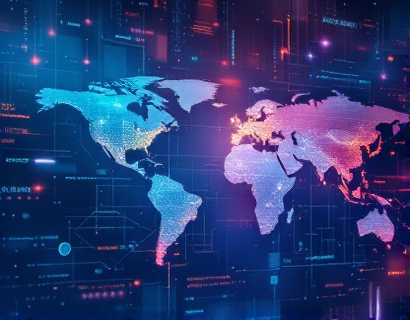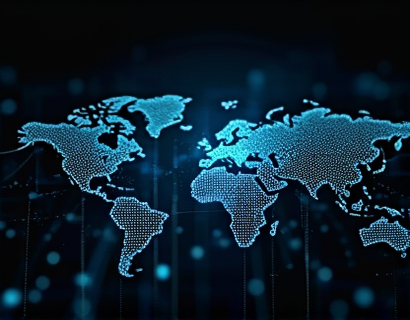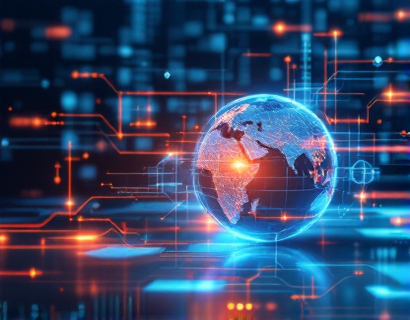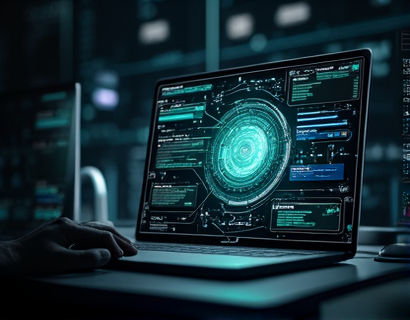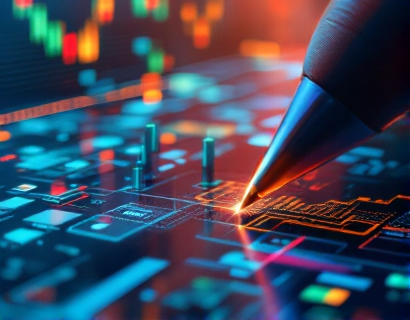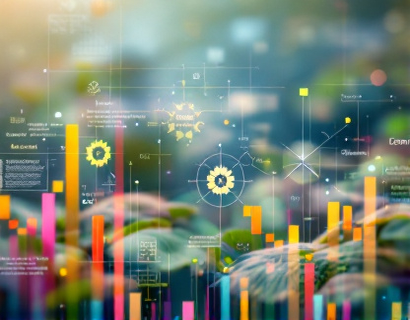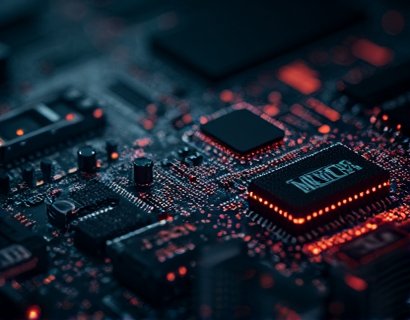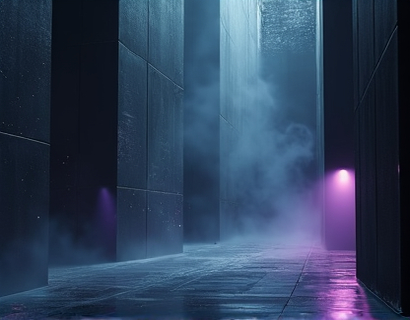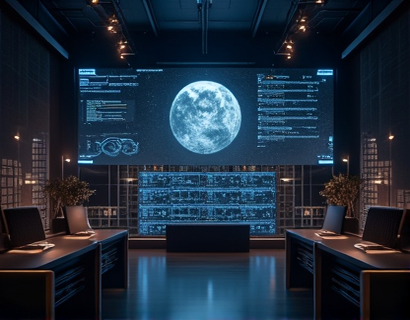Crafting Secure and Personalized Online Memorials with AI and Blockchain
The digital age has transformed numerous aspects of our lives, including how we remember and honor our loved ones who have passed away. Traditional methods of creating memorials, such as physical headstones or photo albums, are being complemented by innovative digital solutions. One such solution integrates the power of Artificial Intelligence (AI) and blockchain technology to create secure, personalized online memorials. This article delves into how these cutting-edge technologies are revolutionizing the way we create and preserve lasting tributes for our dear ones.
Understanding the Need for Digital Memorials
The loss of a loved one is one of life's most profound experiences, leaving a void that cannot be easily filled. In the past, people relied on physical memorials to keep the memory of their loved ones alive. However, digital memorials offer a more accessible and versatile alternative. These online platforms allow family and friends from around the world to gather, share memories, and pay their respects without the constraints of geography. The integration of AI and blockchain technology enhances these platforms, providing a level of security, personalization, and longevity that traditional methods cannot match.
AI in Memorial Creation
Artificial Intelligence plays a crucial role in crafting personalized online memorials. AI algorithms can analyze and curate content from various sources, such as social media profiles, personal blogs, and family albums, to create a comprehensive and coherent tribute. This process involves several steps:
- Content Collection: AI scans through digital footprints to gather photos, videos, posts, and messages that reflect the life of the deceased.
- Content Curation: Using natural language processing (NLP), AI organizes the collected content into a narrative that tells the story of the person's life, highlighting key moments, achievements, and personal traits.
- Personalization: AI can tailor the memorial to the preferences of the bereaved, incorporating favorite quotes, music, and themes that were significant to the deceased.
- Interactive Elements: AI can enable interactive features such as virtual guestbooks, where visitors can leave messages, or digital scrapbooking, allowing users to add their own memories and photos.
By leveraging AI, the memorial creation process becomes more efficient and deeply personalized, ensuring that the tribute truly reflects the unique life of the individual being honored.
Blockchain for Security and Longevity
Blockchain technology is renowned for its security and immutability, making it an ideal solution for ensuring the integrity and longevity of digital memorials. Here's how blockchain contributes to this innovative approach:
- Decentralization: Unlike traditional centralized databases, blockchain distributes data across a network of computers, reducing the risk of data loss or manipulation.
- Immutability: Once data is recorded on the blockchain, it cannot be altered or deleted, ensuring that the memorial remains unchanged and authentic over time.
- Transparency: Blockchain provides a transparent ledger of all transactions and changes, allowing users to verify the integrity of the memorial.
- Access Control: Blockchain can implement sophisticated access control mechanisms, ensuring that only authorized individuals can view or modify the memorial.
By using blockchain, digital memorials gain a level of security and permanence that is unmatched by conventional methods. This ensures that the tribute remains intact for future generations to access and cherish.
Combining AI and Blockchain for Enhanced Memorials
The true power of this innovative platform lies in the synergy between AI and blockchain. Here's how they work together to create exceptional online memorials:
1. Initial Setup: Users start by creating an account on the platform. AI assists in guiding them through the process, suggesting personalized settings based on the deceased's digital footprint.
2. Content Integration: AI collects and curates content, while blockchain ensures that this content is securely stored and remains tamper-proof.
3. Ongoing Management: AI continues to enhance the memorial by adding new content as it becomes available, while blockchain ensures that all changes are recorded and verified.
4. Access and Sharing: Blockchain enables secure sharing of the memorial link with family and friends, while AI can manage access permissions and track who has viewed the memorial.
5. Legacy Preservation: As the memorial evolves, blockchain ensures that the entire history of the tribute is preserved, creating a comprehensive record of the loved one's digital legacy.
Benefits of AI and Blockchain in Digital Memorials
The combination of AI and blockchain offers numerous benefits that traditional memorial methods cannot match:
- Security: The immutable nature of blockchain ensures that the memorial is protected from unauthorized access and tampering.
- Personalization: AI's ability to curate and tailor content creates a deeply personal tribute that reflects the unique life of the deceased.
- Longevity: Blockchain's permanence ensures that the memorial lasts indefinitely, providing a lasting tribute for future generations.
- Accessibility: Digital memorials can be accessed from anywhere in the world, making it easier for loved ones to pay their respects regardless of location.
- Interactivity: AI-enabled features allow for interactive elements, making the memorial a living tribute that continues to grow and evolve.
Case Studies and User Experiences
Several users have already experienced the transformative power of AI and blockchain in creating digital memorials. For instance, a family used the platform to create a comprehensive tribute for their late grandfather. The AI curated a timeline of his life, from childhood photos to his professional achievements, all securely stored on the blockchain. The family could add their own memories and messages, creating a dynamic and interactive memorial that honored their grandfather's legacy.
Another user, a young adult, created a digital memorial for their mother who passed away suddenly. The AI generated a personalized video montage set to her favorite music, which was then secured on the blockchain. The memorial included a virtual guestbook where friends and family could leave messages, providing comfort and closure to the bereaved.
These examples illustrate how the integration of AI and blockchain can create meaningful and lasting tributes that provide solace and a sense of connection during times of grief.
Future Prospects and Innovations
The potential for AI and blockchain in digital memorials is vast, with ongoing developments promising even more advanced features:
1. Augmented Reality (AR) Integration: AR can be used to create virtual visits to significant locations from the deceased's life, enhancing the memorial experience.
2. Smart Contracts: These can automate certain aspects of memorial management, such as setting up annual remembrance dates or distributing digital keepsakes to family members.
3. Community Support: Building a community platform where users can share experiences and support each other, fostering a sense of belonging and shared grief.
4. Cross-Platform Compatibility: Ensuring that memorials can be accessed and interacted with across various devices and platforms, making them more accessible.
Conclusion
The integration of AI and blockchain in creating digital memorials represents a significant leap forward in how we honor and remember our loved ones. This innovative approach not only provides a secure and personalized way to create tributes but also ensures that these memories endure for generations to come. As technology continues to evolve, the possibilities for enhancing digital memorials will only grow, offering new ways to find comfort and connection in the face of loss.









